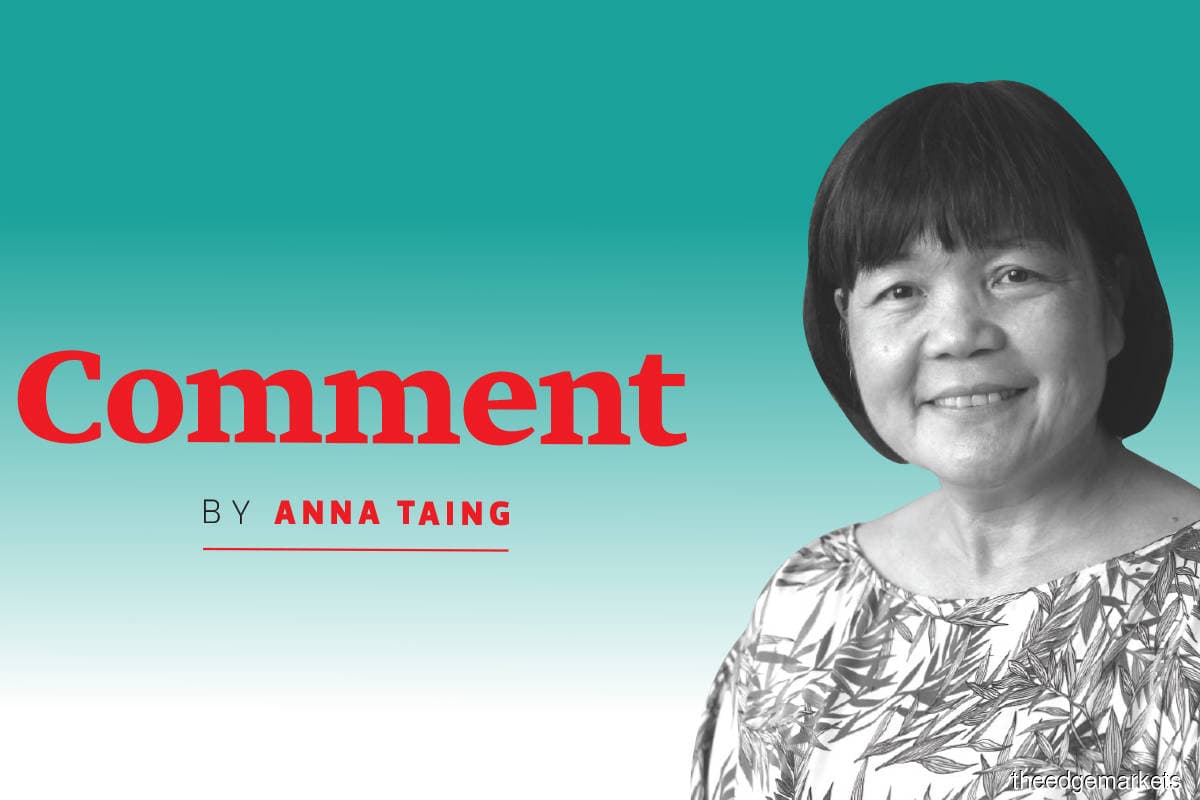
This article first appeared in Wealth, The Edge Malaysia Weekly on September 27, 2021 - October 3, 2021
After a prolonged hiatus, the global economy is beginning to see signs of inflation stirring. In many countries, including the US where the inflation spike was one of the highest, the view is that inflationary pressures are building at a faster-than-expected pace. This has sparked concern that the years of fiscal stimulus and loose monetary policy may have finally come home to roost.
June saw the highest jumps in prices in many countries. In the US, inflation rose 5.4%, the highest level in 13 years, while in the eurozone, inflation was up 3%, the highest since 2011.
For Malaysia, the months from February to December last year marked a deflationary period, with inflation averaging minus 1.14%. The uptick came in January this year, with inflation, measured by the Consumer Price Index (CPI), rising 1.6%. Since then, inflation has been going up steadily, peaking at 3.4% in June before coming down to 2.2% in July.
The sharp uptick has caused the International Monetary Fund (IMF) to warn that the current inflationary pressure, which many economists have termed transitory, could be more persistent than expected.
For some two decades, inflation has stayed subdued despite the fact that in 2008, many central banks loosened monetary policy and pumped up fiscal spending to mitigate the adverse impact of the Global Financial Crisis. Since then, interest rates have remained low against a backdrop of benign inflation. In the last two years, in the midst of the Covid-19 pandemic, many countries have again unleashed a massive amount of money into their systems to reflate their economies.
Reflation is when the increase in price levels happens in an economy that is striving to achieve optimum growth and full employment. Reflation is, more often than not, induced by government policies during a period of economic slowdown or contraction, and some of the measures include tax cuts, infrastructure spending, lowering interest rates and increasing money supply.
Thus, reflation is seen as good, because the uptick in inflation is accompanied by economic growth, as opposed to the undesirable stagflation, a situation of no growth with rising inflation. Deflation, which is a fall in prices, is also not good if it is induced by a persistent fall in total aggregate demand.
In recent months, the global economy has begun to show green shoots of recovery as vaccination rates picked up and lockdowns eased. The wheels of commerce are running again, unleashing pent-up demand for goods and services. The IMF has forecast global growth in 2021 at 6%, and tapering to 4.9% in 2022.
Not surprisingly, in tandem with the recovery, the global economy has emerged from the low inflation mode it was mired in for most of 2020. While the IMF believes that it is transitional, it nevertheless warns that risks and uncertainties remain. Certainly, a view is that if the current round of rising inflation continues to inch up steadily, we may well be seeing the start of an era of high inflation caused by the prolonged period of loosening monetary policy and large-scale fiscal pump-priming.
For now at least, the noise about inflation may be a tad overdone. In fact, it is not unusual that periods of economic recovery are often accompanied by higher inflation, which more accurately, should be reflation.
Very low or zero inflation is not necessarily good. An often-cited example is Japan, which has been in an almost deflationary period (some economists term it lowflation) for nearly two decades despite various efforts, including quantitative easing and low interest rates, by the government to reflate the economy. Today, Japan’s economy is experiencing low growth and low inflation, amid high government debt.
The IMF in a report notes that the recent rise in price levels across the globe reflects “unusual pandemic-related developments and transitory supply-demand mismatches”. Thus, it expects inflation to return to pre-pandemic levels in 2022, once the disruptions work their way through prices.
The Bank of International Settlements concurs, noting in a report that the higher inflation in recent months has been due to the rise in prices of pandemic-affected goods and services as well as supply-chain disruptions.
Inflation hawks will be watching out for signs of reflation becoming inflation. These would include spiralling wages and demand outstripping supply. Still, it is too early to sound the alarm, because a certain level of inflation may not be bad for the economy, and the benchmark for a tolerable inflation rate is often set at around 2%.
Save by subscribing to us for your print and/or digital copy.
P/S: The Edge is also available on Apple's AppStore and Androids' Google Play.